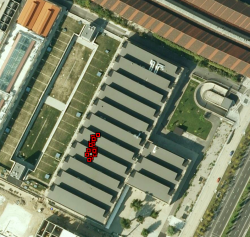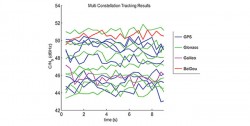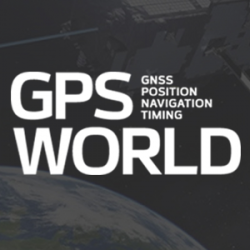
First Galileo-Only Position Fix Performed!
March 12, 2013
Entitling its release “From Orbit with Love,” the European Space Agency (ESA) proudly announced today, March 12, 2013, […]
Read More

Entitling its release “From Orbit with Love,” the European Space Agency (ESA) proudly announced today, March 12, 2013, […]

The authors designed a full-constellation GNSS receiver, using a cost-effective, readily available, flexible front-end, wide enough to capture the frequency from 1555 MHz to 1607 MHz, more than 50MHz. This spectrum width takes into account BeiDou E2, Galileo E1, GPS L1, and GLONASS G1. In the course of their development, the authors used an external OCXO oscillator as the reference clock and reconfigured the platform, developing their own custom wide-band firmware.

New Organization Advocates for GPS Industry; Galileo Lives to Fly Another Day, Budget Passed; Safer Skies for EGNOS; […]

European Union leaders approved a scaled-down budget in early February, with none of the cuts to the Galileo […]

Europe’s two satellite navigation systems could combine in the future for heightened performance, an airborne test has confirmed. […]

BeiDou ICD: Signal Specs Are Free At Last; First Demonstration of Galileo-Only Positioning (By Peter Steigenberger, Urs Hugentobler, […]

The European Space Operations Centre (ESOC) in Darmstadt, Germany operates spacecraft on behalf of the European Space Agency (ESA) and maintains the ground facilities and expertise for ESA and other institutional and commercial customers. ESOC is composed of two departments: the Mission Operations Department and the Ground Systems Engineering Department, of which the Navigation Support Office is an integral part. The main objectives of the Navigation Support Office (NSO)are the provision of expertise for high-accuracy navigation, satellite geodesy, and the generation of related products and services for all ESA missions and for third-party customers, as well as supporting the European GNSS Programmes: Galileo and EGNOS.
Follow Us